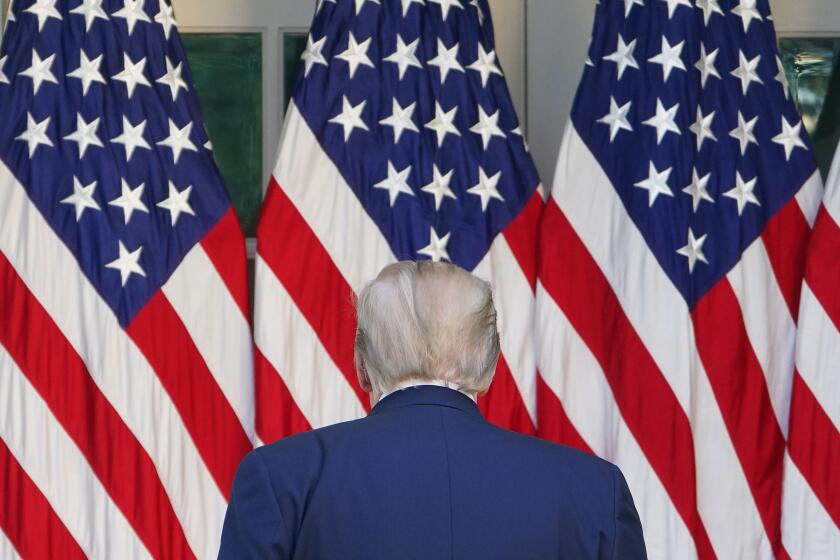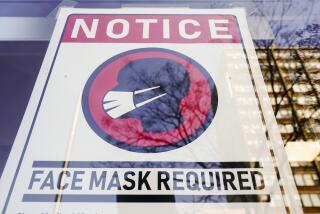Trump coronavirus plan: What are the 3 phases?

WASHINGTON — The Trump administration has issued new guidelines for states, individuals and employers on how to gradually revive activity and ease up on social distancing in areas where coronavirus cases are on the decline.
The guidelines, distributed to governors Thursday, are published under the headline “Opening Up America Again.” They follow concerns voiced by President Trump about the need to get more people back to work and to shopping as millions of Americans lose their jobs.
A look at the guidelines:
Before phase one
What states or regions must do before proceeding to a phased opening of their economies:
Among the boxes that must be checked are a decline of documented COVID-19 cases within a 14-day period and a robust testing program in place for at-risk healthcare workers. Other criteria include a decline of influenza-like illnesses reported within a 14-day period and hospitals having enough protective gear for their workers and enough beds, ventilators and other needed supplies to treat all patients.
Phase one
The guidance affects certain employers differently. For example, schools and organized youth activities that are currently closed, such as day care, should remain closed. The guidance also says that bars should remain closed. However, larger venues such as movie theaters, churches, ballparks and arenas can operate but under strict distancing protocols. If possible, employers should have workers return to the job in phases.
As deaths soared and the economy fell off a cliff, Trump careened through a critical week in the coronavirus crisis, offering conflicting advice and contradictory messages before punting on what he called ‘the biggest decision I’ve ever had to make.’
Also under phase one, vulnerable individuals such as older people and those with underlying health conditions should continue to shelter in place. Individuals who do go out should avoid socializing in groups of more than 10 people in places that don’t provide appropriate physical distancing. Trade shows and receptions are cited as examples.
The guidelines also recommend minimizing nonessential travel during phase one.
Phase two
The guidelines say nonessential travel can resume, however all vulnerable individuals should continue to shelter in place. When people go out in public, they should avoid social settings with more than 50 people when appropriate physical distancing is not practical.
Employers in phase two are asked to continue to encourage telework when possible and to close common areas where personnel are likely to congregate or they should enforce “moderate social distancing protocols.”
Schools and day care can reopen. Bars may open but should leave less room for people to stand around when possible.
Phase three
In this phase, vulnerable individuals can resume going out in public but should practice physical distancing. Visits to senior care centers and hospitals can also resume, though those who interact with residents and patients must remain diligent about following good hygiene practices, namely washing their hands frequently. Meanwhile, low-risk populations should consider minimizing time spent in crowded environments. Employers can resume unrestricted staffing of work sites.
There is no set timeline for moving through each of the three phases. That will be up to the governors. However, before a state or region moves on to the next phase, it would have to experience another 14-day decline in documented cases.
More to Read
Get the L.A. Times Politics newsletter
Deeply reported insights into legislation, politics and policy from Sacramento, Washington and beyond. In your inbox three times per week.
You may occasionally receive promotional content from the Los Angeles Times.












